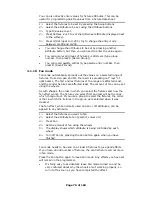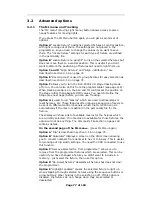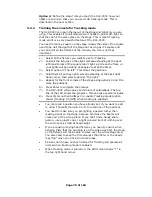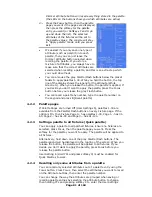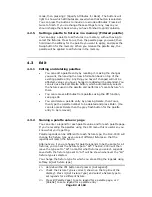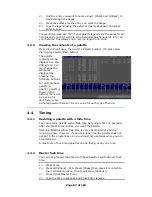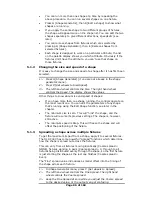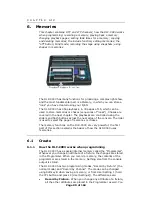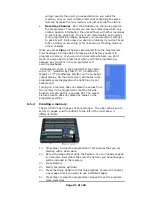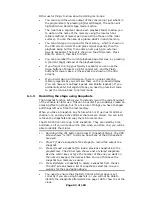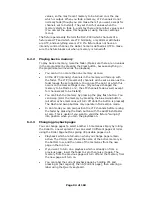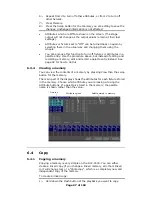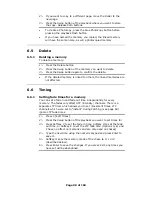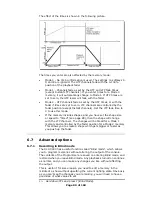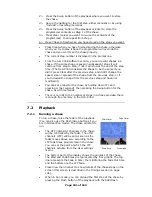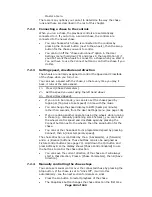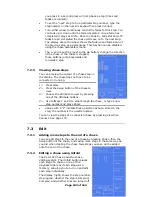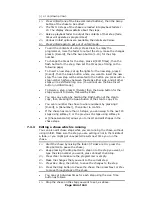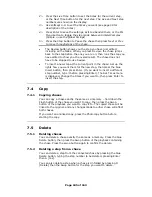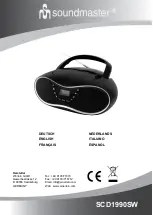
Page 90 of 163
C H A P T E R S I X
6.
Memories
This chapter contains: HTP and LTP channels; how the DLC-C003 works
when programming; recording a memory; playing back a memory;
changing playback pages; setting fade times for a memory; copying
and deleting memories; the include function; editing memories; the
“off” button; blind mode; recording the stage using snapshots; using
shapes in memories.
The DLC-C003 has many functions for producing a complex light show,
and the most fundamental part is a Memory, in which you can store a
“look” you have created using your lights.
The DLC-C003 has 450 playbacks, in 30 pages of 15, which can be
used to store memories or chases (sequences of “looks”). Chases are
covered in the next chapter. The playbacks are controlled using the
sliders and flash buttons across the near edge of the console. The roller
is used to select the page of memories or chases.
The memory functions on the DLC-C003 are very powerful; the first
part of this section explains the basics of how the DLC-C003 uses
memories.
6.1
Create
6.1.1
How the DLC-C003 works when programming
The DLC-C003 has a special internal memory called the “Programmer”.
Whenever you change an attribute of a fixture, the changes are stored
in the Programmer. When you record a memory, the contents of the
programmer are stored in the memory. Nothing else from the console
output is stored.
The DLC-C003 has two programming modes, “Record by Fixture” (the
normal mode) and “Record by Channel”. The mode can be changed
using Softkey B when saving a memory, or from User Setting 1 (hold
the YPL button and press C [User Settings]). The differences are:
•
Record by Fixture - When you change any attribute of a fixture,
all the other attributes are placed in the Programmer as well. You

